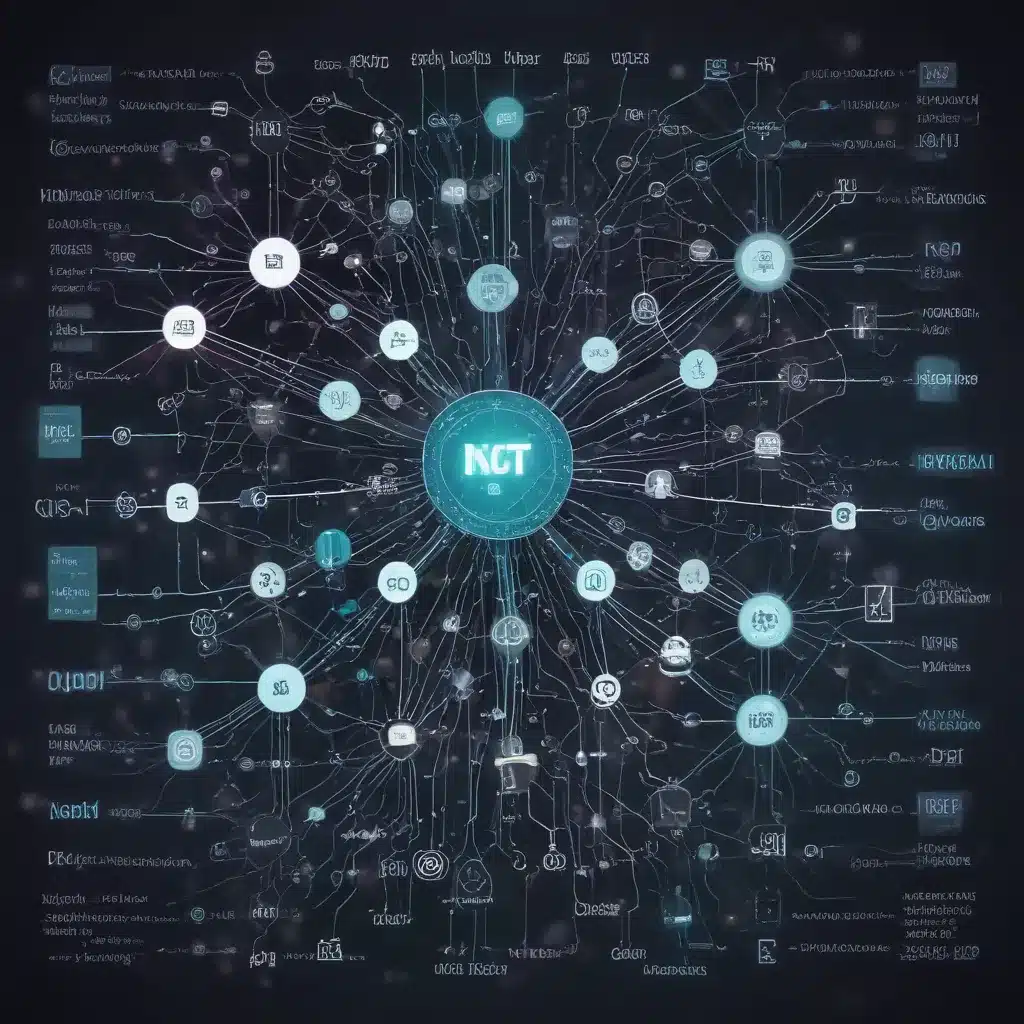
Introduction: The Rise of IoT and Intelligent Health Monitoring
The Internet of Things (IoT) has revolutionized the way we interact with technology, enabling seamless connectivity and data exchange across a wide range of applications. One particularly promising area of IoT is its integration with healthcare, known as the Internet of Medical Things (IoMT). IoMT promises to transform the way we monitor and manage patient health, providing real-time insights and automating various medical processes.
In this article, we will explore a novel Neural Classification Vector Machine (NCVM) that holds great potential for advancing IoT-based health monitoring solutions. This innovative approach combines the power of deep learning and vector-based classification to tackle some of the most pressing challenges in the IoMT landscape.
Challenges in IoMT Data Management
One of the key challenges in IoMT is the highly heterogeneous and dispersed nature of healthcare data. Patient information, vital signs, and medical test results are often scattered across various devices and platforms, making it difficult to aggregate and analyze the data effectively. This fragmentation can hinder the timely detection of critical health conditions, such as sepsis, which requires prompt intervention.
To address this issue, researchers have proposed the use of a smart contextual data aggregator that can seamlessly integrate data from multiple IoMT sources. By leveraging metadata and intelligent data processing, this approach aims to enhance the usability and overall performance of IoMT platforms.
The Neural Classification Vector Machine (NCVM)
At the heart of this innovative solution is the Neural Classification Vector Machine (NCVM), a novel machine learning technique designed to tackle the complexities of IoMT data. The NCVM combines the strengths of deep neural networks and vector-based classification to achieve superior performance in various IoT applications, including early sepsis detection and remote disease monitoring.
Neural Network-Based Feature Extraction
The NCVM begins by employing a deep neural network architecture to extract meaningful features from the heterogeneous IoMT data. This feature extraction process is crucial, as it helps to overcome the challenges posed by the high dimensionality and diverse nature of the data.
The neural network component of the NCVM is trained on a comprehensive dataset of IoMT inputs, including sensor readings, patient records, and medical test results. By leveraging the network’s ability to learn complex patterns and relationships, the NCVM can effectively distill the most relevant features for accurate classification and decision-making.
Vector-Based Classification
Building upon the feature extraction capabilities of the neural network, the NCVM then utilizes a vector-based classification approach. This technique leverages the concept of vector spaces to represent and compare data points, enabling efficient and accurate classification of health conditions and patient statuses.
The NCVM’s vector-based classification model is trained to associate specific feature combinations with known health states or disease patterns. By representing these associations as vectors, the NCVM can quickly identify and classify new data points, allowing for rapid detection of emerging health issues or changes in a patient’s condition.
Adaptive and Decentralized Architecture
To further enhance the capabilities of the NCVM, the researchers have designed it to operate within a decentralized and distributed edge-based IoMT platform. This architecture allows the NCVM to adapt and respond to the dynamic nature of healthcare data, with the ability to process and analyze data closer to the source, reducing latency and improving real-time decision-making.
The decentralized nature of the NCVM also promotes data privacy and security, as sensitive healthcare information can be processed and stored at the edge, minimizing the need for centralized data repositories and reducing the risk of data breaches.
Applications and Case Studies
The NCVM has demonstrated its effectiveness in a range of IoMT applications, showcasing its ability to address some of the most pressing challenges in the field.
Early Sepsis Detection
One of the key use cases for the NCVM is the early detection of sepsis, a life-threatening condition that requires prompt medical intervention. By leveraging the NCVM’s ability to analyze complex health data, researchers have developed a smart contextual data aggregator capable of identifying early signs of sepsis and alerting healthcare providers in real-time.
The NCVM’s vector-based classification model has been trained on a comprehensive dataset of sepsis-related indicators, including vital signs, laboratory test results, and patient history. This enables the system to quickly recognize patterns and anomalies that may indicate the onset of sepsis, allowing for timely intervention and improved patient outcomes.
Remote Disease Monitoring in Agriculture
The versatility of the NCVM extends beyond healthcare, as it has also demonstrated promising results in the field of precision agriculture. Researchers have explored the use of the NCVM in remote disease and pest detection for rice crops, leveraging IoT cameras and the ResNet50 classification technique.
By deploying IoT cameras within rice fields and integrating the NCVM’s classification capabilities, the system can automatically detect and identify various rice diseases and pests, such as rice blast, bacterial leaf blight, and brown planthopper. This early warning system allows farmers to take proactive measures to mitigate the impact of these threats, improving crop yields and reducing the need for excessive pesticide use.
Conclusion: The Future of IoMT with NCVM
The Neural Classification Vector Machine (NCVM) represents a significant advancement in the field of IoT-enabled healthcare and precision agriculture. By seamlessly integrating deep learning and vector-based classification, the NCVM overcomes the challenges posed by the heterogeneous and dispersed nature of IoMT data, enabling real-time monitoring, early detection of critical conditions, and improved decision-making.
As the IoMT landscape continues to evolve, the NCVM’s decentralized and adaptive architecture positions it as a crucial component in the future of intelligent health monitoring and precision agriculture. By empowering healthcare providers and farmers with timely insights and actionable data, the NCVM holds the potential to transform the way we approach patient care and crop management, ultimately leading to better outcomes and a more sustainable future.
To learn more about the NCVM and its applications, visit https://itfix.org.uk/.












